19 F. high in the Twin Cities Sunday.
29 F. average high on February 16.
20 F. high on February 16, 2013.
14" snow on the ground in the Twin Cities.
Winter Storm Warning posted this morning.
A Winter Hurricane
Evan Gold is an analyst with
Planalytics. He estimates that last week's snow and ice blitz over the southern and eastern USA cost the American
economy close to $15 billion, the rough equivalent of a moderate
hurricane. There was far less structural damage, but the impact to
company's bottom lines was significant. People were stranded at home;
they didn't go to restaurants or buy cars. Job productivity suffered;
impacts to supply chains - there was a ripple effect.
Based on
HDD, Heating Degree Days compiled by NOAA, we've spent about 10 percent
more than usual to heat our homes this winter. Think of this stretch of
numb as a forced savings plan.
A new paper at Harvard Business
Review suggests that we are all hard-wired to attach more value to items
(and ultimately spend more money) the warmer it is outside.
No kidding. Most of us are too busy hibernating to shop.
Winter
Storm Warnings are posted this morning for 2-4 inches of snow; over a
half foot possible east of the St. Croix. The worst travel comes this
morning, with conditions improving somewhat for the drive home later
today.
The big news: 30s return, even a shot at 40F by Tuesday.
Models hint at a few more subzero nights early next week - but the sun
is now as high in the sky as it was on October 25. At some point the
Polar Vortex will run out of juice.
Oh blessed day.
Plowable.
The high-resolution HopWRF model is hinting at a few bands of 4-6"
across portions of Hennepin and Ramsey county this morning, but most
towns and suburbs will probably wind up somewhere in the 2-4" range,
especially west of the Twin Cities, still enough to shovel and plow, and
turn the morning commute into a long, white-knuckle slog.
Winter Storm Warning.
The local Twin Cities National Weather Service has issued a warning for
the metro area, most of far eastern and southeastern Minnesota, and
western Wisconsin, for a burst of moderate to heavy snow during the
morning hours. Details:
...A PERIOD OF HEAVY SNOW WILL SIGNIFICANTLY IMPACT THE MONDAY
MORNING COMMUTE...
A WINTER STORM WARNING IS IN EFFECT GENERALLY EAST OF A LINE FROM
SAINT CLOUD TO FARIBAULT...AND INCLUDES THE TWIN CITIES METRO AND
WEST CENTRAL WISCONSIN. MODERATE TO OCCASIONALLY HEAVY SNOW WILL
DEVELOP LATE TONIGHT AND PERSIST THROUGH THE MONDAY MORNING
COMMUTE. THE SNOW WILL TAPER OFF FROM LATE MORNING MONDAY OVER
MINNESOTA TO MONDAY AFTERNOON OVER WESTERN WISCONSIN. SNOW
ACCUMULATIONS OF 4 TO 6 INCHES ARE EXPECTED...WITH LOCAL AMOUNTS
OF AROUND 7 INCHES EAST OF US-53 IN WEST CENTRAL WISCONSIN.
NORTH AND WEST OF THE WARNING AREA...WHERE SNOW AMOUNTS AND
IMPACTS ON TRAVEL WILL BE LESS...A WINTER WEATHER ADVISORY IS IN
EFFECT. THE ADVISORY AREA IS GENERALLY EAST OF A LINE FROM LONG
PRAIRIE TO MANKATO. SNOWFALL AMOUNTS IN THE ADVISORY AREA ARE
EXPECTED TO BE 3 OR 4 INCHES.
Future Radar.
NOAA's NAM model generates numerous products, including "Future Radar",
showing the timing of today's snow event. Most of the snow should be
winding down by lunchtime, afternoon temperatures topping 30F - the
drive home later today a lot less stressful. In theory. Loop: Ham
Weather.
About Time.
For the first time in nearly 3 weeks the mercury rises above freezing
Tuesday, again Wednesday and possibly Thursday, before cooling back down
again. ECMWF guidance is hinting at a few more subzero nights early
next week, but not exactly polar, school-closing cold. Graph:
Weatherspark.
Cheering On The Solid Red Line.
That red line marks the 32F isotherm, which I would much rather be
tracking than the solid green (0F) isotherm, so we are making slow
progress. A brief, tantalizing puff of Pacific air results in slushy
sidewalks and drippy icicles Tuesday into Thursday, before Canada
flushes another chilly airmass south of the border. 2-meter NAM
temperature forecast: NOAA and Ham Weather.
One Group Sees Silver Lining In Winter's Storm Clouds: Meteorologists.
It's amazing (to me) how quick some politicians are to throw
meteorologists under the bus when they take heat from the public
(Atlanta a few weeks ago, late last week it was New York City). Here's
an excerpt from an interesting story at
The New York Times: "...
That
science has grown much more accurate and much more complex in recent
years. It begins with huge troves of data fed through a variety of
sophisticated analytic models. Adam Sobel, a professor of earth and
environmental sciences at Columbia University, points out that this
“big, automated, computationally intensive nonhuman process that
produces the raw material of the forecast” still requires human beings
to evaluate the results and turn them “into an actual prediction that
can be communicated to people...."
Photo credit above: "
John
Cristantello, a meteorologist with the National Weather Service, checks
forecasts at the NWS offices in Upton, N.Y., Feb. 16, 2014.
Meteorologists have been working long hours through the extremely active
winter season in the New York area,and their stress was compounded by a
public row between Mayor Bill de Blasio and a number of prominent
weathermen." (Gordon M. Grant/The New York Times).
Sochi Among The Warmest Winter Olympics Host Cities.
You've seen video of fans in shirtsleeves, athletes taking their shirts
off to stay cool - during the Winter Olympics in Sochi. Here's some
perspective on the venue from NOAA's
climate.gov: "
The
2014 Winter Olympics are taking place from February 7-23, 2014, in
Sochi, Russia. Sochi will be among the warmest cities to have hosted a
Winter Olympic Games, with overnight low temperatures of 39°F (4°C) on
average in February, and average daytime highs of 50°F (10°C). The map
(above) shows the average minimum temperatures (overnight lows) for
January and February from 1911-2011 for all the locations that have
hosted the Olympic Winter Games, starting with Chamonix, France, in 1924
and ending with Sochi, Russia, in 2014..."
The "Hope Graph".
The sun is climbing higher into the southern sky. Some melting is
likely next week, with an extended thaw possible by early March. Here's
an excerpt of an interesting post from Minnesota climate scientist
Greg Laden that caught my eye - and gave me hope: "...
About
this time of year, some time in early or mid February, I make a graph.
Using climatological data, I make a graph (I’ve done this with a table
as well) showing what day we can expect, on average, for the daily high
temperature to reach freezing. In theory, five or six days of the daily
high reaching about freezing is enough to start the cascade of events
that clears the roads and walkways of icy and hard-packed snow..."
Even A Deluge Can't Help California's "Drought Of Epic Proportions". Here's an excerpt of some good perspective on the west coast drought from Eric Holthaus at
Slate: "...
This
week, Northern California’s Lake Shasta, the state’s largest reservoir
and an important source of water for agriculture in the vast Central
Valley, added only 2 percent to its total water storage and is still much below its historical average
water level. This meager improvement comes despite getting hit square
on with the recent atmospheric river event. As it turns out, that’s only
a drop in the bucket. An incredible amount of rainfall—as much as three
feet—would be needed to end accumulated rainfall deficits in the
hardest hit areas farther south..."
California's Drought Could Be The Worst In 500 Years.
Mother Jones explains how the historic drought gripping the west may soon show up at a grocery store near you; here's an excerpt: "
The
Golden State is in the midst of a three-year drought—and scientists
believe that this year may end up being the driest in the last half
millennium, according to University of California-Berkeley professor B. Lynn Ingram.
Californians are scared, with good reason: Fire danger in the state is
high, and drinking-water supplies are low. But the drought will have
repercussions outside the state's borders, as well..."
Photo credit above: "
The remains of Cachuma Lake, the main water source for 200,000 people in southern Santa Barbara County." Ruaridh Stewart/ZUMA.
Drought-Stricken California, Other States Prepare For Landmark Year In Fires.
The fact that fires are burning during the height of the (alleged)
rainy season on the west coast doesn't bode well for later in 2014, when
things really heat up. Here's a clip from
The Washington Post: "...
We’re
seeing summertime weather conditions in January,” Hein said as two of
his crews continued to mop up the smoking remnants of the Red Fire. “If
we don’t get some rain now, just imagine what the summer is going to be
like.” Across the Western United States, officials tasked with fighting
forest fires worry that a confluence of factors, including climate
change and human development, are conspiring to create conditions ripe
for a landmark fire year..." (File photo above courtesy of ThinkProgress).
Stroke Risk Tied To Cold, Humidity, Weather Swings. Here's a clip from a story at
boston.com that caught my eye: "
There
may be a link between weather and the risk of suffering a stroke, say
researchers who analyzed climate trends and hospital records on millions
of Americans. Cold weather, high humidity and big daily temperature
swings seem to land more people in the hospital with strokes. As it got
warmer, risk fell — 3 percent for every 5 degrees, the study found.
‘‘Maybe some of these meteorological factors serve as a trigger,’’ said
Judith Lichtman, a Yale University stroke researcher who led the study..."
Image above:
strokesmart.org.

Warm Weather Leaves You In The Mood To Buy.
No kidding. And we tend to attach a higher price/value to objects when
it's warm outside. Confirming what may just be good old fashioned common
sense, here's a clip from The Journal of Consumer Psychology at
sciencedirect.com. What, you don't skim this from time to time? "
A
series of five field and laboratory studies reveal a
temperature-premium effect: warm temperatures increase individuals'
valuation of products. We demonstrate the effect across a variety of
products using different approaches to measure or manipulate physical
warmth and different assessments of product valuation. The studies
suggest that exposure to physical warmth activates the concept of
emotional warmth, eliciting positive reactions and increasing product
valuation. Further supporting the causal role of emotional warmth, and
following prior research relating greater positive feelings to reduced
distance, we find that warm temperatures also reduce individuals'
perceived distance from the target products..."

Imagining An Alaska-Generated Tsunami Hitting Los Angeles. Statistically it's only a matter of time before a scenario similar to the one described by
Alaska Dispatch becomes reality. Will L.A. and other west coast cities be prepared?
Image credit above: "A
hypothetical magnitude 9.1 earthquake off the Alaska Peninsula could
send a devastating tsunami to Los Angeles in as little as four hours,
according to some researchers predictions." Courtesy Vasily Titov, NOAA Center for Tsunami Research.
Will Philip Seymour Hoffman's Death Be A Wake-Up Call? Opiate addiction in this country has reached epidemic proportions. Here's an excerpt of an Op-Ed at
The Los Angeles Times: "...
Keep
in mind though: Since the rise of the American automobile, traffic
fatalities have been our leading cause of accidental death — until now.
More people now die of drug overdoses — about 38,000 a year, according
to the latest numbers from the National Center for Health Statistics.
The largest category of drugs represented within that number is
prescription opioids (16,000 roughly), according to the CDC..."
Image above:
drugfree.org.
Weird Weather - Minnesota's New Normal?
Tuesday evening I'll be talking about the trends I'm seeing in the
data, focusing on Minnesota and the Midwest, part of a broader
educational and informational overview on climate change. Doors open 6
PM Tuesday at Eden Prairie High School; more details from Environment
Minnesota, where you can
RSVP: "
Our
climate is changing at an alarming rate. From giant hailstorms to polar
vortices, Minnesotans are already experiening extreme weather. Are
weird weather events becoming Minnesota’s new normal? On Tuesday,
February 18 join Environment Minnesota, Citizen’s Climate Lobby, and
Cool Planet to hear from nationally recognized meteorologist and
entrepreneur Paul Douglas for "Weird Weather: Minnesota’s new normal?
Our Changing Climate and What We Can Do About It."
TODAY: Winter Storm Warning. 2-4" snow this morning, more for Wisconsin. High: 32
MONDAY NIGHT: Partly cloudy, not as cold. Low: 28
TUESDAY: Some sun. I can feel my toes! High: 38
WEDNESDAY: Mostly cloudy, hints of March. Wake-up: 18. High: 36
THURSDAY: Flurries early, then clearing. Wake-up: 27. High: 34 (falling by afternoon)
FRIDAY: Blue sky, another temperature relapse. Wake-up: 13. High: 19
SATURDAY: Sunny, storm tracks south of Minnesota. Wake-up: 2. High: 16
SUNDAY: Period of light snow. Wake-up: 4. High: 22
Climate Stories...
Kerry Mocks Those Who Deny Climate Change, Compares Them To People Insisting The Earth Is Flat. Here's an excerpt from the story from AP and
The Star Tribune: "
U.S.
Secretary of State John Kerry on Sunday called climate change perhaps
the world's "most fearsome" destructive weapon and mocked those who deny
its existence or question its causes, comparing them to people who
insist the Earth is flat. In a speech to Indonesian students, civic
leaders and government officials, Kerry tore into climate change
skeptics. He accused them of using shoddy science and scientists to
delay steps needed to reduce emissions of greenhouse gases at the risk
of imperiling the planet..."
Climate Change: Time For The Skeptics To Put Up Or Shut Up. Here's a snippet of an Op-Ed at
The Guardian: "
If
climate change sceptics have a coherent explanation for the events we
are witnessing, it's time they held an international conference and told
us what they believe..."
Photo credit above: "
A slogan is projected by Greenpeace activists on a cooling tower of Belchatow power station." Photograph: Kacper Pempel/REUTERS.
Obama On California Drought: Climate Change Threatens The Nation. Here's an excerpt from AP and
The Huffington Post: "
Warning
that weather-related disasters will only get worse, President Barack
Obama said Friday the U.S. must rethink the way it uses water as he
announced new federal aid to help drought-stricken California. Obama
drew a clear connection between California's troubles and climate change
as he toured part of a farm that will go unsown this year as the state
faces its worst drought in more than 100 years. Even if the U.S. takes
action now to curb pollution, the planet will keep getting warmer "for a
long time to come" thanks to greenhouse gases that have already built
up, Obama said..."
Photo credit: "
In this Feb. 4,
2014 file photo a warning buoy sits on the dry, cracked bed of Lake
Mendocino near Ukiah, Calif. Gov. Jerry Brown was governor the last time
California had a drought of epic proportions, in 1975-76 and now is
pushing a controversial $25 billion plan to build twin tunnels to ship
water from the Sacramento-San Joaquin River Delta to farmland and cities
further south." (AP Photo/Rich Pedroncelli, file)
Newell: Climate Change Impacts Winter Sports. Here's a clip of an Op-Ed at
USA Today from Andrew Newell, a member of the U.S. Cross Country Ski Team now in Sochi: "...
As
a skier, my life revolves around winter and being outside. Years spent
training have not only honed my skills, but also shown me the negative
impacts of climate change first-hand. There have been countless times in
the past 10 years when our early season competitions have been delayed
or canceled due to lack of snow, or our spring and summer training camps
disrupted due to erratic weather or insufficient snowpack. It's no
coincidence then that the last decade was also the hottest decade ever recorded..."
Future Forecast: More Severe Thunderstorms.
Inside Science has the story - here's an excerpt: "...
We
find that over the next three decades, over the eastern United States,
there’s a region [where] there’s a robust increase in the occurrence of
severe storm conditions,” he said. Diffenbaugh used climate models based
on physics principles to project severe thunderstorm conditions for the
next century. He found that global warming may increase the likelihood
of these events..."
Climate Change Skepticism's Funding Sources Are Obscure.
Philly.com
has a very interesting article that attempts to shine a light on who is
funding an ongoing and organized effort at climate science denial;
here's a clip: "
In the high-stakes conflict over U.S. climate-change
policy, groups that deny or cast doubt on global warming brought in
$7.2 billion from 2003 through 2010 - less than a third of it publicly
traceable to the donors. In a recently released study of 91 such
organizations, a Drexel University professor found that $5.2 billion of
their funding was "dark money" from undisclosed sources. Also of unknown
origin: $78 million channeled by major benefactors through a special
nonprofit that then redirected the money while keeping the givers'
identities private..."
Photo credit above: "
Sen. Sheldon Whitehouse (D., R.I.) called "dark funding" "an identity-laundering scheme." (MICHAEL BRYANT / Staff).
A Conservative's Middle Ground Solution For Climate Change.
LiveScience has an article and video that caught my eye; here's an excerpt: "...
At a recent conference in Washington, D.C. on "Building Climate Solutions,"
he offered a handful of tips for changing the conversation and
educating wider audiences on the impacts and opportunities of climate
change. Here are four that are critical (see video for complete clips):
- Speak more like Apple, and less like Microsoft.
- Make
the impacts of climate change relatable. It may be hard to comprehend
the impacts of climate change in general terms, but people are certainly
willing to listen when its happening to them.
- Environmentalism
isn't anti-growth — it's anti-waste. Emphasize the economic
opportunities that come with adaptation to climate change..."
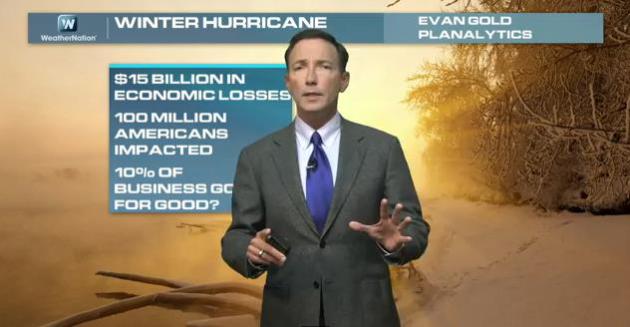


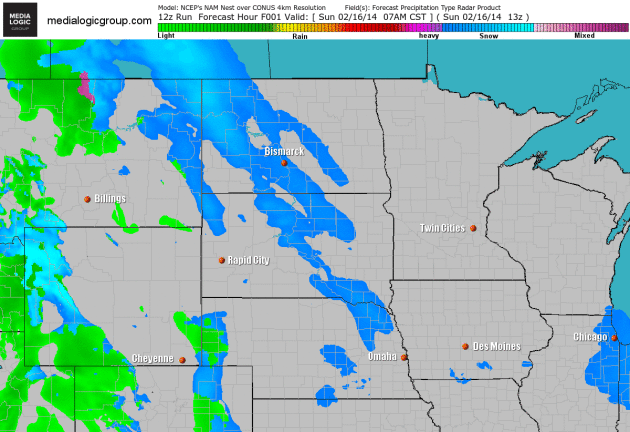



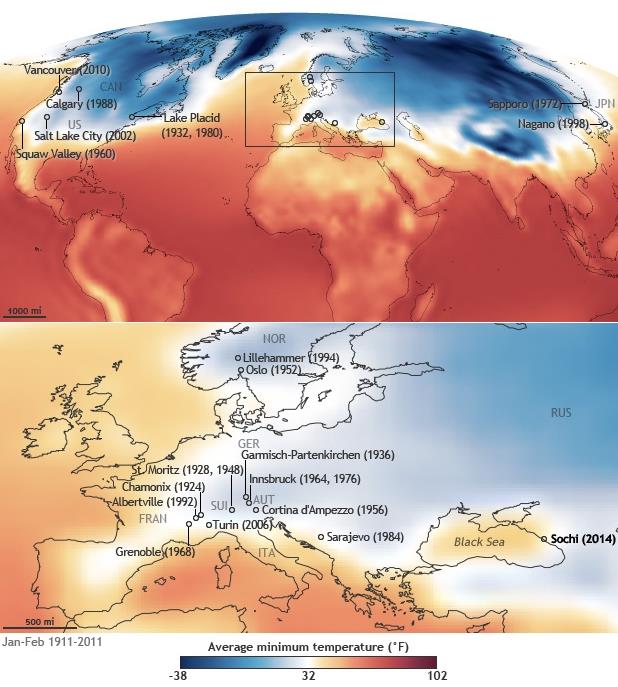
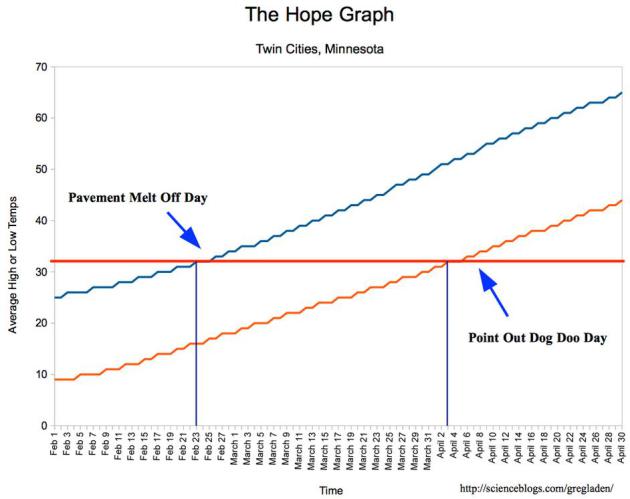
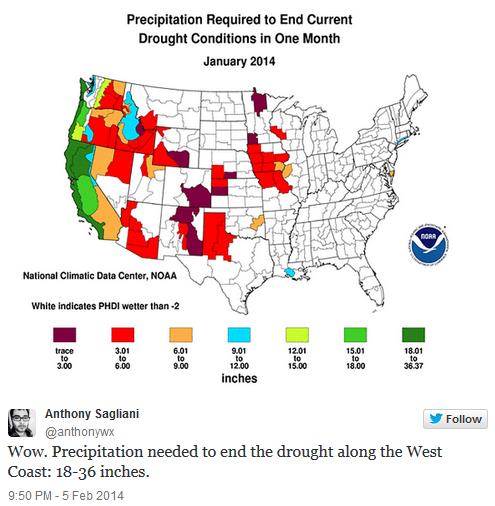

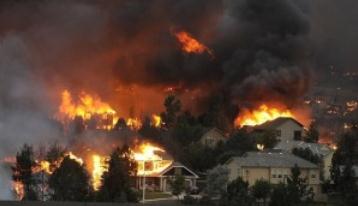
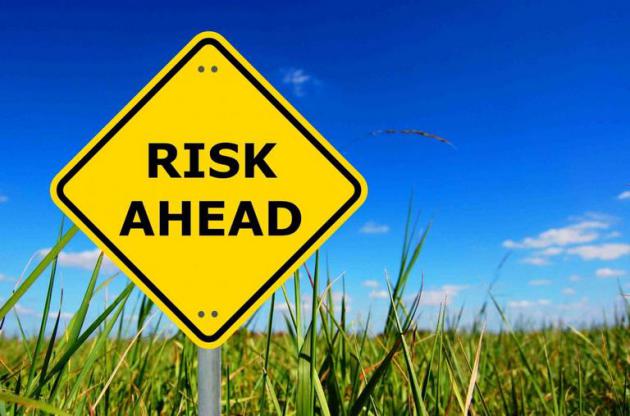



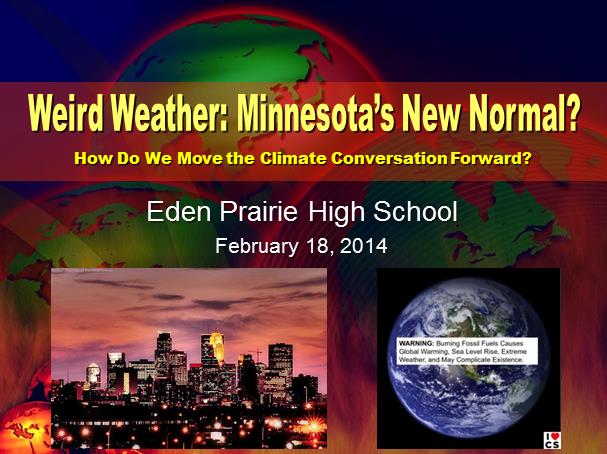
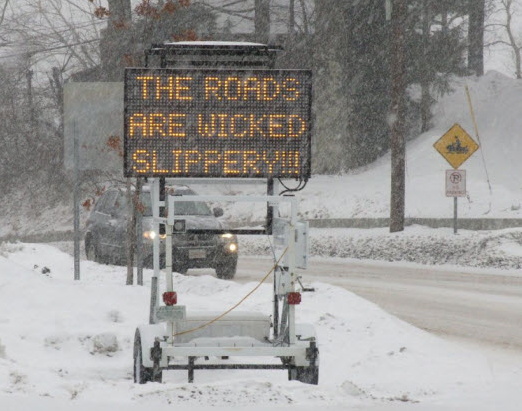

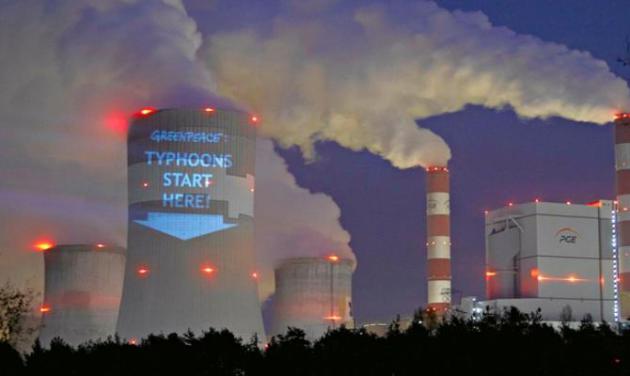


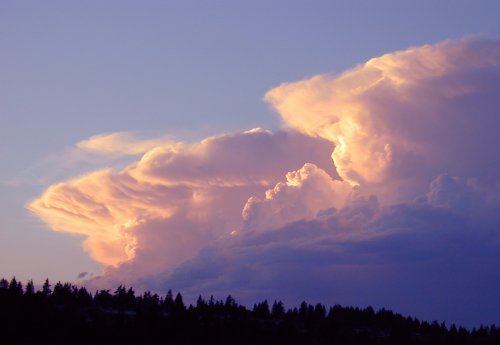


No comments:
Post a Comment